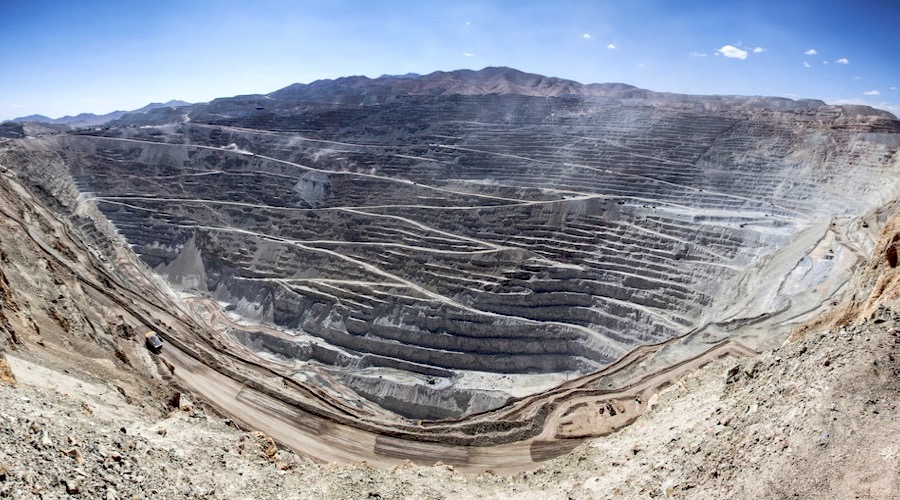NSF and partners invest $9M in AI-focused math education program The U.S. National Science Foundation Directorate for Social, Behavioral, and Economic Sciences (NSF SBE) has launched the Collaboratory to Advance Mathematics Education and Learning (CAMEL), a new $9 million investment aimed at transforming K-12… Read more at nsf.gov
chuquicamata est la plus grande mine à ciel ouvert au monde ,on exploite le cuivre et le molybdéne .
elle se situe au Nord de Chile dans le desert d'Atakama.
ce-dissous un article qui traite le sujet de la géologie de Chuquicamata ,le téléchargement est gratuit ,juste suivie les instructions :
elle se situe au Nord de Chile dans le desert d'Atakama.
ce-dissous un article qui traite le sujet de la géologie de Chuquicamata ,le téléchargement est gratuit ,juste suivie les instructions :
ℹ️ Méthode de téléchargement
1.cliquer sur télécharger
2.attender 5 seconds puis cliquer sur passer l'annonce ⬇️

3.le telechargement se déroule automatiquement
GUILLERMO OSSANDÓN C.,
Abstract
Chuquicamata, in northern Chile, is the world’s greatest copper orebody. It was controlled, from the initial
intrusions (probably at 36–33 Ma) through mineralization (last major hydrothermal event at 31 Ma) to postmineral
brecciation and offset, by the West fault system. East porphyry, West porphyry, Banco porphyry, and
Fine Texture porphyry make up the Chuqui Porphyry Complex. East porphyry, the dominant host rock, has a
coarse, hypidiomorphic-granular texture. Intrusive contacts between most porphyries have not been found, but
early ductile deformation, subsequent pervasive cataclastic deformation, and faulting affects all of the rocks and
makes recognition of intrusive contacts very difficult.
Potassic alteration affects all porphyries, comprises partial K feldspar and albite replacement of plagioclase,
and more widespread biotite replacement of hornblende, with igneous texture largely preserved. It is accompanied
by granular quartz and quartz-K feldspar veinlets, which contain only trace disseminated chalcopyrite
± bornite remains from this early stage. Fine-grained quartz-K feldspar alteration, with destruction of biotite
and apparently following albitization of plagioclase, accompanies strongest cataclastic deformation and destruction
of igneous texture. A band of quartz-K feldspar alteration, up to 200 m wide and 1,500 m long, lies
along the southward extension of Banco porphyry dikes and is the locus of the bornite-digenite center of the
sulfide zoning pattern. This passes east through chalcopyrite-bornite to chalcopyrite-pyrite as sulfide abundance
fades out. Sulfides in quartz-K feldspar alteration are abundant only where there is intense crackle brecciation.
Propylitic alteration is superimposed on biotitic alteration at the eastern edge of the deposit, but there
is no pyritic fringe. Westward, this zoning is interrupted by the superposition of pyritic main-stage veins with
pervasive quartz-sericite. Veins of quartz-molybdenite, up to 5 m wide and cutting all porphyries, were emplaced
between the early and the main stages. These veins and early-stage quartz veins are commonly segmented
and sheared, with fine recrystallization of quartz that eliminates all original fluid inclusions. It is not
clear whether quartz-K feldspar alteration was formed later or earlier than quartz-molybdenite veins.



Comments
Post a Comment